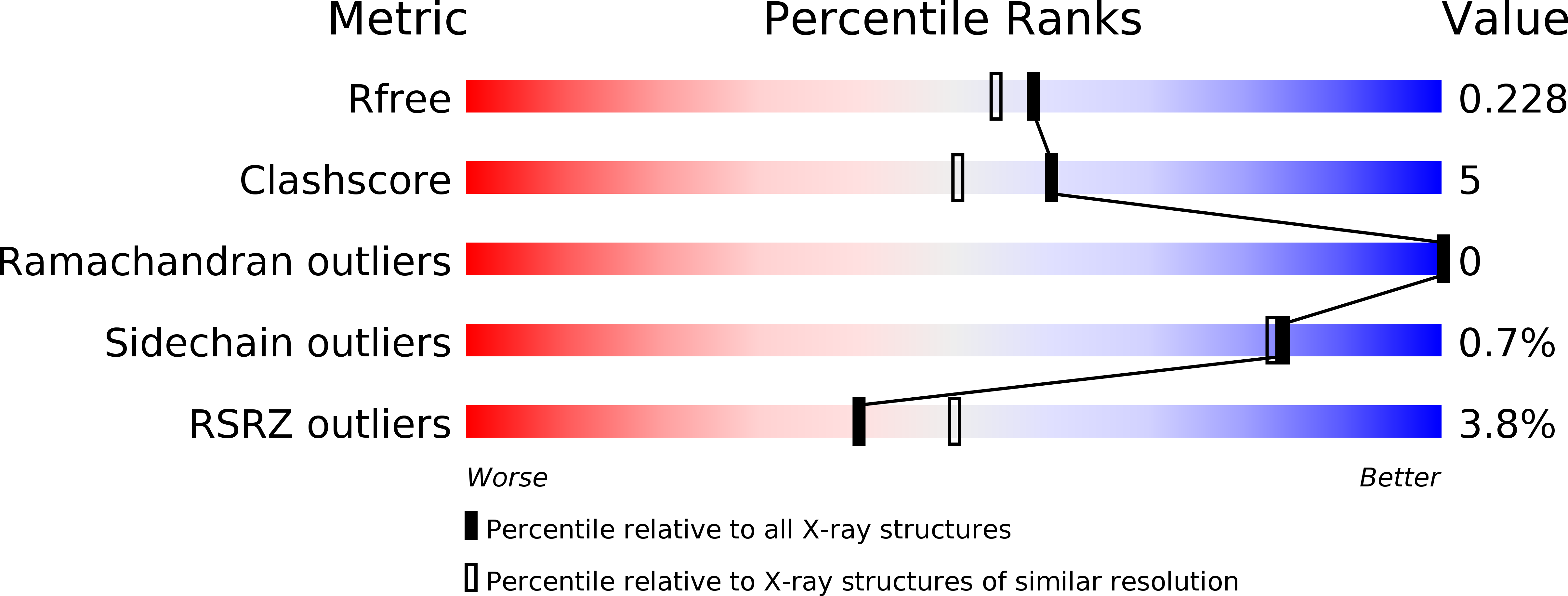
Deposition Date
2012-05-08
Release Date
2012-12-12
Last Version Date
2024-10-16
Method Details:
Experimental Method:
Resolution:
1.95 Å
R-Value Free:
0.22
R-Value Work:
0.19
R-Value Observed:
0.19
Space Group:
P 1 21 1


